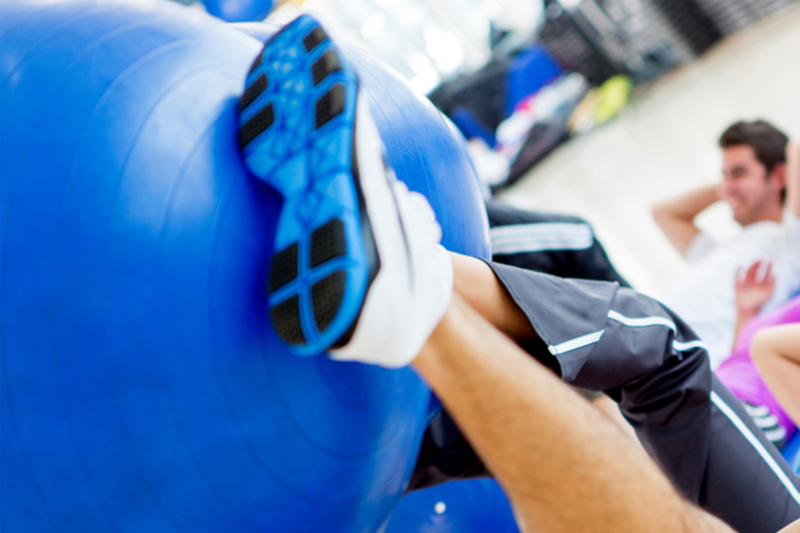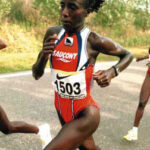Do you dread running in winter? The need for warming up cold legs before your winter run . Are you the kind of runner who goes out like the postal service — neither snow, nor sleet, nor wind, nor hail keeps you from your workout? If so, kudos on your dedication!
6 Science-Based Tips for Warming Up Cold Legs Before Your Winter Run
However, if you want to prevent injuries from sidelining you, you do need to take additional precautions in the winter. Frigid air decreases your blood flow, making it more challenging for your muscles to contract. Additionally, you want to prevent cold-related complications, such as hypothermia. Here’s what to do.
1. Start with Aerobics
When the temperatures outside drop, your body reacts by conserving blood flow. Instead of pumping to the arms and legs regularly, it directs more of your blood to your central organs that are crucial for survival.
Afterward, your legs will have less blood flowing through your muscles. It causes them to tighten all blood vessels and become stiff. If you immediately started running, you would risk leg tears and sprains.
Before you go for a jog, start with a gentle aerobic exercise like a casual five or 10-minute walk. You’ll gently stretch your muscles and dilate your capillaries, making it safer to proceed with your regular run.
2. Try Leg Lifts
Even if you don’t have much time in your schedule, you should get your blood flowing before opening your door. This way, you’re not forcing your legs to adjust to motion and extreme climate conditions at the same time.
When walking around your neighborhood doesn’t seem appealing, try leg lifts instead. Swing one leg gently out to the side and back in again, repeating at least 10 times per leg. As long as you don’t rush your leg lifts, you’ll benefit from the dynamic stretch because it increases your extension power and gets your cold muscles used to moving after a long period of sitting or sleeping.
3. Learn Foam Rolling Techniques
When your legs are stiff from not being active all day, it’s time to learn foam rolling techniques. You might have tried foam rolling when your body felt sore after a particularly intense run, but you can use it for warming up cold legs as well.
Before your next run, try easy foam rolling techniques you can do in the comfort of your home. Studies have shown that when runners use a foam roller every day, they increase their ankle dorsiflexion motion range after just six weeks. Better range of motion in your ankles will improve how your feet land on the pavement with each stride and may save you from a minor sprain if you catch yourself slipping on black ice.
4. Enjoy Yoga Sessions
Those who are new to longer runs could feel challenged to push through long distances, but your body may not be ready for that yet. When you train for a one or three-mile race, your body finishes at a different point of development than a marathon runner. Your muscles will be underdeveloped for that longer distance, risking further injury when your legs are cold.
Don’t cram extra runs into your already-busy schedule. Instead, enjoy a few yoga sessions to warm up your cold legs as you gradually increase your stamina. Yoga poses, like the triangle pose, loosen and strengthen your leg muscles without traditional hardcore workouts at the gym. While you hold your yoga poses, you’ll also speed up your heart rate and increase the blood flow needed in cold, unstretched legs.
5. Experiment with Pilates
Many people confuse yoga and pilates, but pilates is a bit more of a workout. It focuses more on mobility because it targets specific muscle groups to tone and develop them. The importance of stretching and building your muscles should be the first thing on every runner’s mind. One of the most common ways athletes injure themselves is when a muscle tears from direct force, like an abnormally long stride when your legs haven’t warmed up.
Start with moves that focus on the legs and continue to develop your core as you grow more comfortable with the routine. Pilates is used to enhance muscular endurance and flexibility in everyone from rehab patients to pro athletes. It’s gentle enough to use as your warm-up and will still make a difference in helping you reach your fitness goals.
6. Include a Few Lunges
When you feel like your warm-up routine needs rounding out, include a few lunges for additional dynamic stretches. As long as you perform walking lunges, your muscles will benefit from the constant movement and stretching. This type of lunge stretches the hamstrings and calves, which increases your range of motion while loosening up key muscles to have a successful run.
Prevent Injury and Run Faster
Even though you may feel like your core and legs make the most effort during your runs, your legs take the brunt of the exercise. When they’re cold and unstretched, they won’t function properly and are more likely to result in injury.
Take the time to warm your legs up correctly so you get what you want out of your regular running schedule. With a few simple tips, you’ll prepare your legs before any winter run and never worry about not warming up properly.
article by Kate Harveston
































